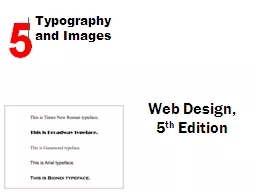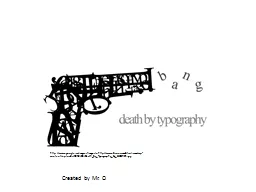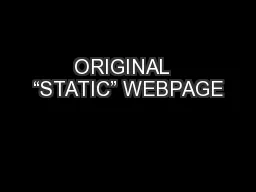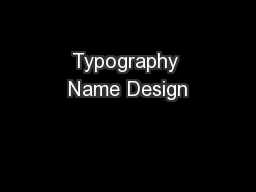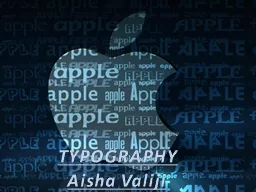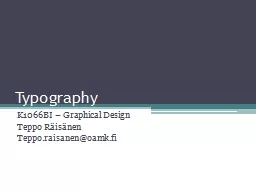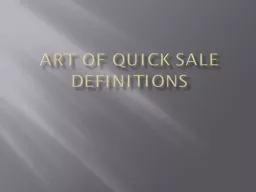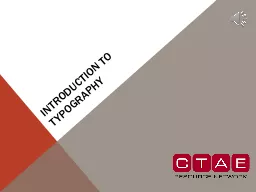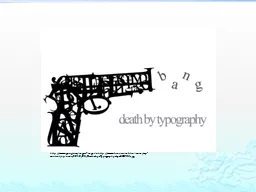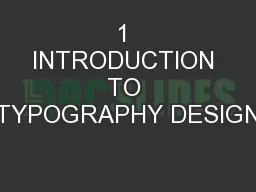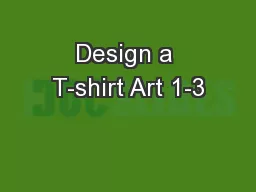PPT-Chapter Objectives Explain webpage typography issues
Author : stingraycartier | Published Date : 2020-06-22
Discuss effective use of w ebpage images Describe image file formats Discuss how to prepare webready images Chapter 5 Typography and Images 2 Webpage Typography
Presentation Embed Code
Download Presentation
Download Presentation The PPT/PDF document "Chapter Objectives Explain webpage typog..." is the property of its rightful owner. Permission is granted to download and print the materials on this website for personal, non-commercial use only, and to display it on your personal computer provided you do not modify the materials and that you retain all copyright notices contained in the materials. By downloading content from our website, you accept the terms of this agreement.
Chapter Objectives Explain webpage typography issues: Transcript
Download Rules Of Document
"Chapter Objectives Explain webpage typography issues"The content belongs to its owner. You may download and print it for personal use, without modification, and keep all copyright notices. By downloading, you agree to these terms.
Related Documents

